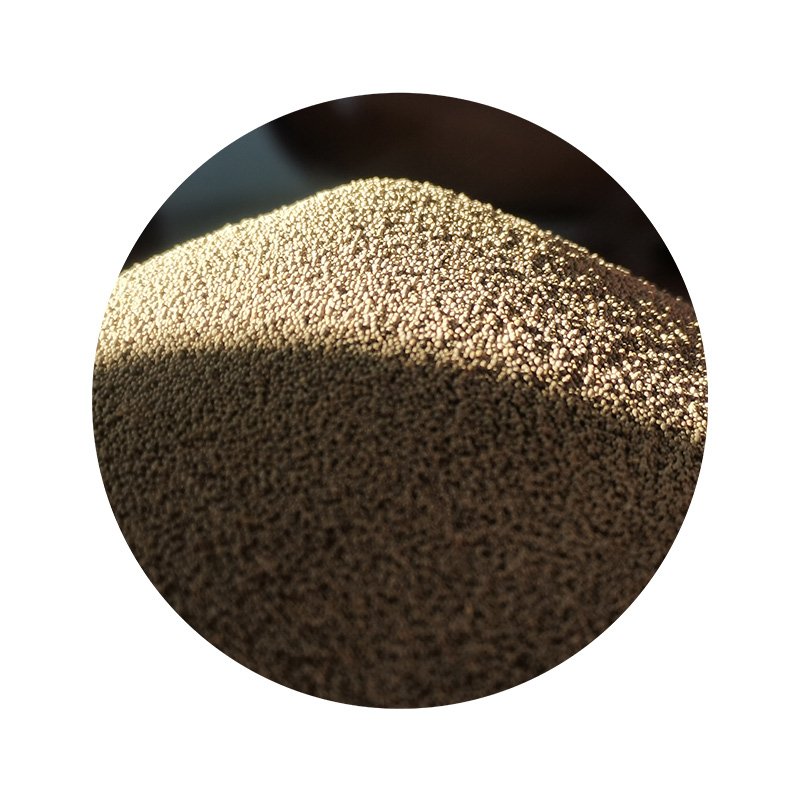How to Make Foundry Sand A Comprehensive Guide
Foundry sand is a critical material used in the metal casting industry. It provides a moldable and durable structure for casting various metals, ensuring they take on the desired shape during the cooling process. Making foundry sand requires a systematic approach to ensure the resulting product meets the industry standards for mold making. In this article, we will explore the essential steps involved in making foundry sand, its constituents, and some tips to optimize the process.
Understanding Foundry Sand
Foundry sand is primarily composed of silica, typically derived from quartz. It is processed and prepared to have specific properties, including grain size, shape, and distribution. These characteristics are vital as they affect the sand's ability to retain heat, let gases escape, and support the casting process under pressure.
Ingredients for Foundry Sand
1. Silica Sand The primary component, silica sand, should be of high purity, with minimal impurities to ensure optimal casting results. 2. Bonding Agents These are added to help hold the sand grains together. Common bonding agents include clay (bentonite) and other chemical binders. 3. Water Moisture content is crucial; the right amount of water ensures proper molding without making the mixture too wet or too dry. 4. Additives Depending on the specific requirements, additives such as coal dust or other materials can be mixed in to enhance certain properties, like workability and thermal stability.
Step-by-Step Process
Step 1 Sourcing Silica Sand
The first step in creating foundry sand is sourcing high-quality silica sand. It’s essential to select sand with the appropriate grain size. Typically, a grain size between 0.1 mm and 0.5 mm is ideal. Be sure to avoid sands that are too fine, as they can lead to issues such as poor mold strength.
Step 2 Preparing the Sand
how to make foundry sand

Once you have obtained your silica sand, the next step is to clean it. This can involve processes like washing to remove any impurities, clay, or silt. The sand should be dried thoroughly to minimize moisture content before mixing with bonding agents.
Step 3 Mixing Bonding Agents
The next step is mixing bonding agents with the prepared sand. If using clay as a bond, a typical mixture might consist of 5-10% clay by weight of the sand. The clay needs to be evenly dispersed to ensure that all sand grains are coated.
Step 4 Adding Water
Gradually add water to the mixture, maintaining a consistent mix. The goal is to achieve a proper moisture content; too much water can lead to a soggy mixture while too little may result in weak molds. Typically, a moisture content of about 2-5% is favorable for most applications.
Step 5 Testing Molding Properties
Before utilizing the foundry sand for actual casting, it’s essential to test its molding properties. You can create a small test mold to check for attributes such as strength, compaction, and flexibility. Adjustments can be made by altering the ratios of sand, clay, and water as needed.
Conclusion
Making foundry sand is a meticulous process that requires attention to detail and quality control. By sourcing quality silica sand, preparing it diligently, and ensuring the right mix of bonding agents and moisture, you can produce a highly effective foundry sand suitable for various casting applications. This fundamental material plays a significant role in achieving high-quality metal castings, which are crucial for various industries. With practice and careful adjustments, anyone can master the craft of making foundry sand, contributing to the efficiency and success of metal casting operations.
Post time:Dic . 05, 2024 14:49
Next:sand casting alloys
